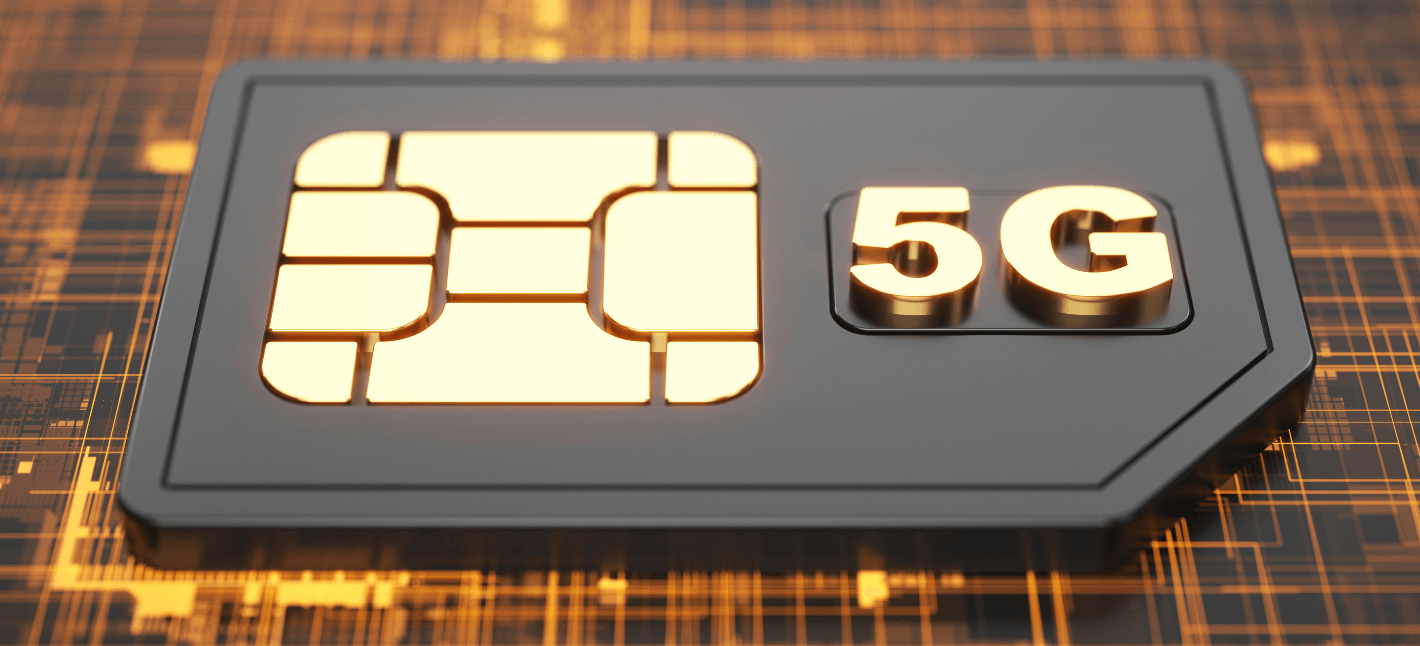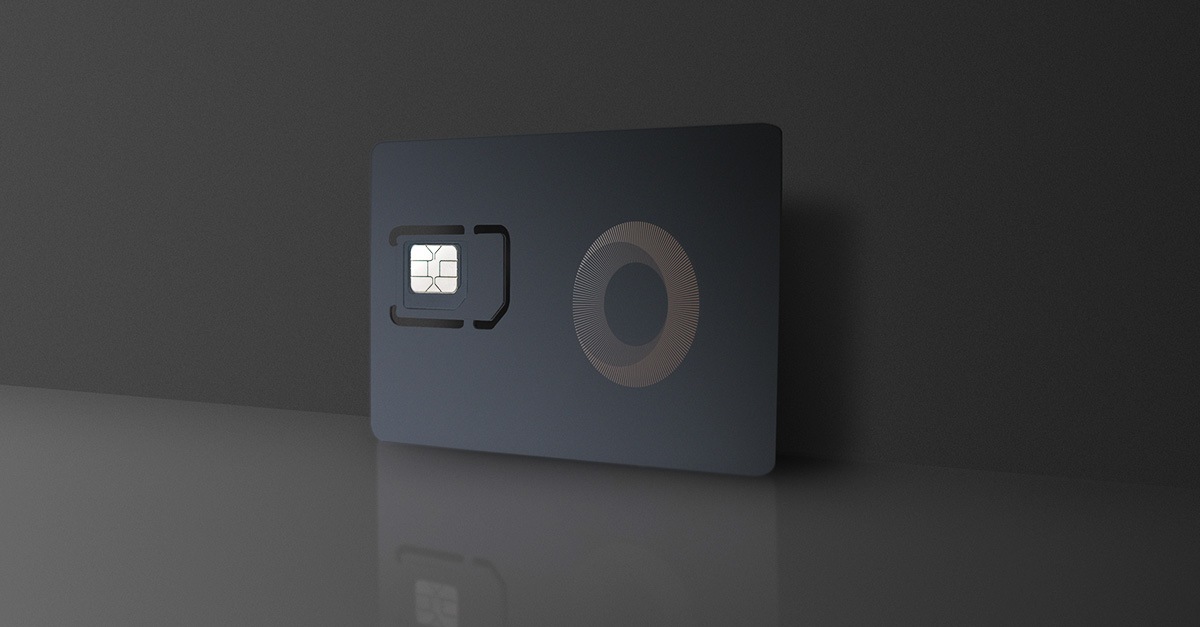Vodacom Esim Problems eUICC Importance for IoT Explained
Vodacom Esim Problems eUICC Importance for IoT Explained
Blog Article
Use Esim Or Physical Sim IoT eUICC Overview of eSIM
The increasing demand for meals across the globe poses significant challenges for farmers and agricultural stakeholders. Traditional farming practices may not meet the evolving wants of a rising population, creating an urgent want for innovation. Internet of Things (IoT) know-how emerges as a transformative resolution, offering enhanced connectivity for smart agriculture methods, which may revolutionize agricultural practices.
IoT connectivity permits for numerous gadgets to speak with one another, offering real-time data that can drive informed selections. By employing sensors, drones, and data analytics, farmers can gain access to useful insights into soil moisture, crop health, and weather situations. This level of connectivity not solely enhances productivity but also facilitates precision agriculture, minimizing resource waste and maximizing yield.
Can You Use Esim In South Africa Understanding eUICC Functionality Explained
Integration of IoT in agriculture facilitates the automation of various processes. Automated irrigation techniques can regulate water flow primarily based on real-time soil moisture readings, conserving water and ensuring that crops obtain optimum irrigation. Use Esim Or Physical Sim. Additionally, pest administration systems equipped with IoT sensors can detect pest activity early, permitting for focused actions that reduce pesticide use and scale back environmental impact.
The deployment of IoT connectivity can significantly improve supply chain administration in agriculture. With sensors tracking produce from the farm to the buyer, stakeholders can ensure that meals high quality is maintained all through the distribution course of. This not only reduces spoilage but in addition assists in compliance with meals safety regulations.
Farmers can leverage IoT-enabled gadgets to observe weather patterns, soil circumstances, and crop performance in real-time. Using this information, they can make predictive analyses and plan their actions accordingly. For occasion, understanding rainfall patterns can inform decisions associated to planting and harvesting, in the end leading to increased productiveness.
Physical Sim Vs Esim Which Is Better eUICC Functionality and Operation Overview
Further, IoT connectivity promotes sustainable farming practices. By optimizing the use of sources corresponding to water, fertilizers, and pesticides, farmers can successfully reduce their carbon footprint. This is important in addressing environmental challenges and selling long-term agricultural sustainability.
The financial influence of implementing IoT in smart agriculture techniques shouldn't be underestimated. Increased yield and decreased resource wastage result in improved profitability for farmers. Moreover, better crop management can result in the production of higher-quality items, potentially opening up new market opportunities.
Use Esim Or Physical Sim Embedded SIM (eSIM) vs Integrated SIM

Farmers can even make use of mobile applications that mixture knowledge collected via IoT gadgets. These purposes present easy-to-understand visual reviews, allowing farmers to make quick and informed decisions. Such accessibility to real-time knowledge democratizes farming info, empowering smallholders and large-scale operations alike.
Collaborative platforms utilizing IoT expertise can encourage info sharing among farmers. By contributing their own knowledge on crop yields and soil health, farmers can collectively profit from shared data, driving innovation and adaptation of best practices in their neighborhood.

Educational initiatives surrounding IoT connectivity play a vital position in its adoption in agriculture. Training applications might help farmers understand the operational benefits of those technologies, making them extra prone to embrace change. Accessibility to information will empower farmers to harness IoT for efficient decision-making.
Euicc Vs Uicc eSIM and iSIM Terms Explained
Despite the quite a few benefits, challenges stay in implementing IoT connectivity for smart agriculture systems. Infrastructure limitations, notably in rural areas, have to be addressed to make certain that farmers can utilize advanced technologies. Additionally, ensuring knowledge safety and privacy is crucial, as the increased interconnectivity opens avenues for potential cyber threats.
Investment in IoT expertise in agriculture can draw associate organizations, together with governments and academic establishments. By collaborating, varied entities can foster an environment conducive to analysis and development, making certain that innovations profit the wider agricultural neighborhood. This might lead to enhanced agricultural practices which are economically viable and environmentally sustainable.
The future of IoT connectivity for smart agriculture systems seems promising. As technology continues to evolve, so too will the possibilities for enhancing agricultural productivity and sustainability. With steady innovation, the gap between traditional farming methods and modern know-how will slim. This evolution is crucial for tackling the urgent challenges confronted by the agricultural sector today.
Vodacom Esim Problems Understanding eUICC Functionality
Farmers who undertake smart agriculture systems powered by IoT connectivity may find themselves better positioned in a rapidly changing market panorama. As client preferences shift in the path of traceability and sustainability in meals sourcing, these equipped with IoT Look At This technologies could have a distinct benefit. This adaptability will empower farmers to not solely meet market calls for but exceed them.
Emerging technologies such as artificial intelligence and machine learning will only enhance the capabilities of IoT in smart agriculture. These technologies can course of huge quantities of information, figuring out patterns and optimizing useful resource management autonomously. As such developments happen, agriculture will shift towards a more data-driven future.
Esim Uk Europe Embedded SIM (eSIM) vs Integrated SIM
It is important for stakeholders to recognize the potential of IoT connectivity for smart agriculture techniques. The convergence of agriculture and expertise can lead to transformative modifications, enhancing farmers' livelihoods and guaranteeing food safety for generations to come back. Adopting this revolutionary approach may pave the way for a more resilient and sustainable agricultural landscape.

To summarize, the integration of IoT connectivity into smart agriculture methods has the potential to revolutionize farming practices. With improved information entry and decision-making abilities, farmers can optimize their processes, reduce waste, and enhance productiveness whereas promoting sustainability. The journey ahead will be crammed with challenges, but the potential advantages are substantial, paving the way for a brighter future in agriculture.
- Enables real-time monitoring of soil moisture, temperature, and nutrient levels, optimizing irrigation processes for higher crop yields.
- Facilitates automated pest and illness detection by way of interconnected sensors, leading to timely interventions and lowered chemical utilization.
- Supports livestock monitoring with GPS-enabled collars, permitting farmers to observe animal health and placement for higher administration.
- Integrates weather forecasting knowledge with area sensors to regulate farming practices primarily based on predicted conditions, enhancing resilience towards climate variability.
- Enhances resource administration by connecting gear like tractors and drones for precision farming, minimizing waste and maximizing efficiency.
- Promotes data-driven determination making by aggregating info from varied units, providing insights into crop efficiency and operational efficiencies.
- Encourages sustainable practices by optimizing fertilizer utility through sensor suggestions, decreasing runoff and environmental impression.
- Empowers farmers with cell applications to remotely control and monitor methods, enabling efficient disaster administration from any location.
- Enables block chain know-how integration for transparent supply chain tracking, guaranteeing higher traceability from farm to table.
- Fosters collaboration between farmers and agri-tech startups through shared knowledge platforms, driving innovation and advancements in agricultural practices.
What is IoT connectivity in smart agriculture systems?
IoT connectivity refers back to the integration of Internet of Things (IoT) gadgets in agriculture, allowing for real-time data collection and evaluation from various sensors, equipment, and drones. This connectivity permits farmers to monitor crops, soil moisture, and weather conditions remotely, bettering decision-making and enhancing productivity.
Euicc Vs Esim Embedded SIM (eSIM) vs Integrated SIM
How does IoT enhance crop management?

IoT gadgets present useful insights into crop health by amassing knowledge on soil moisture, temperature, and nutrient levels. This information permits farmers to optimize irrigation, fertilization, and pest control, leading to more healthy crops and elevated yields.
What sensors are generally used in smart agriculture?
Common sensors utilized in smart agriculture embrace soil moisture sensors, weather stations, temperature sensors, and pH sensors. These devices gather crucial check my source knowledge that could be analyzed to improve farming practices and optimize resource utilization.
Esim With Vodacom IoT eSIM and eUICC Impact
Is IoT connectivity cost-effective for small farms?
While the preliminary funding in IoT methods can be vital, the long-term benefits often outweigh the prices. Enhanced data assortment leads to elevated effectivity, decreased waste, and better yields, making IoT a cheap resolution for small farms over time.
How does knowledge security work in IoT agriculture systems?
Data security in IoT agriculture methods entails numerous measures, corresponding to knowledge encryption, secure communication protocols, and common software updates. These practices assist defend delicate info and ensure that methods remain resilient against cyber threats.
Use Esim Or Physical Sim Embedded SIM for Internet of Things
Can IoT options assist with pest management?
Yes, IoT options can considerably improve pest administration through the use of sensors to monitor pest populations and environmental conditions. This information enables focused pesticide software, decreasing chemical usage and environmental influence while bettering crop safety.
What position does analytics play in IoT for agriculture?
Esim Uk Europe eUICC and eSIM Development Manual
Analytics transforms raw data collected by IoT units into actionable insights. By analyzing developments and patterns, farmers can make informed decisions about crop administration, useful resource allocation, and risk mitigation, leading to better general farm performance.
How can I combine IoT into my present farming practices?
(Which Networks Support Esim South Africa)
Esim Vodacom Iphone Differences Between eSIM, Chip SIM
Integrating IoT into existing farming practices entails assessing current operations, choosing appropriate IoT units and platforms, and implementing a phased approach. Starting with a quantity of sensors to collect important data can help farmers steadily incorporate IoT options whereas minimizing disruption.
Is training needed for utilizing IoT agricultural systems?
Euicc Vs Uicc eSIM Series: Complete eSIM Guide
Yes, coaching is crucial for maximizing the advantages of IoT agricultural systems. Farmers and employees should perceive the way to operate IoT units, interpret knowledge, and apply insights successfully. Manufacturers and service providers often provide training and help to ease this transition.
Report this page